Results show resting time of 4 to 8 hours produces higher quality fillets, longer pre-rigor mortis
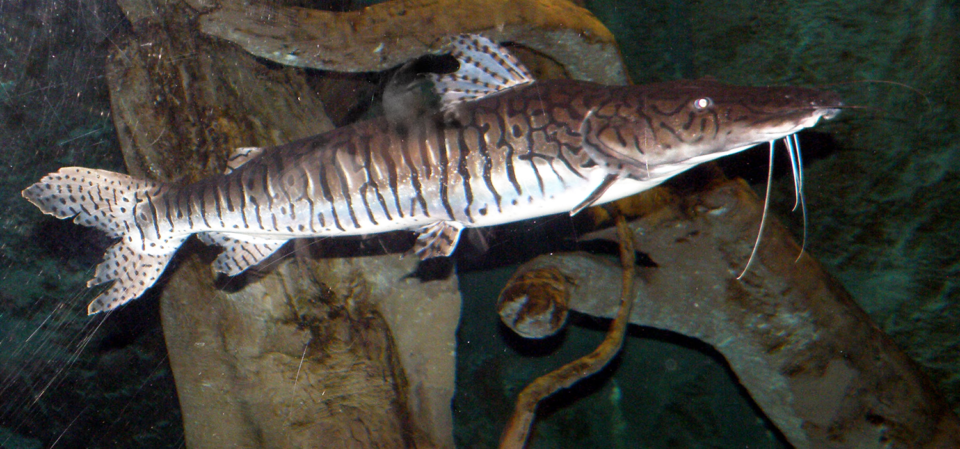
Photo by CHUCAO / CC BY-SA (https://creativecommons.org/licenses/by-sa/3.0).
In aquaculture, the procedures involved in pre-slaughter management are recognized as a critical point in the management of fish welfare and have important effects on meat quality. In the pre-slaughter period, fish are stocked at high densities and activities associated with harvest, crowding and transport to the processing plant can result in stress from increased physical activity.
The excess activity that occurs during fish handling can promote changes in respiratory responses, causing secondary adverse reactions such as acidosis [process that causes increased acidity in blood and other body tissues] and osmotic stress [physiological disfunction which causes a rapid change in the movement of water across cell membranes] due to respiratory arrest and insufficient gas and ion exchange between blood and water. Various physiological factors are used to determine the degree of stress in animals.
Stress can make the metabolism more anaerobic, leading to a faster decrease in pH and the early onset of rigor mortis. This is a harmful factor for the fish industry, because fish filleting can only be done properly when the fish is in pre- or post-rigor condition. The onset and the strength of rigor mortis affect the fillet quality, due to faster autolysis [or self-digestion, the destruction of a cell through the action of its own enzymes] and greater ruptures in connective and muscle tissues, factors that lead to the incidences of gaping, changes in color, juiciness, softness and reduced water holding capacity, thus reducing the shelf life of the product.
Surubim (Pseudoplatystoma spp.) are South American catfishes with increasing aquaculture importance. Their average carcass yield is very high at 69.93 ± 1.61 percent. There are no studies on their metabolic responses to intensive management practices in aquaculture.
This article – adapted and summarized from the original – assessed the respiratory dynamics related to the parameters of stress and time of rest before slaughter to the instrumental measurements of the quality of surubim (Pseudopatystoma spp.) fillets.
Study setup
In this study, specimens of surubim hybrids (P. reticulatum × P. corruscans) were used with an average weight of 1.09 ± 0.19 kg, raised in a 3.94-hectare pond at a density of 4,000 kg per ha, in Itaporã, Mato Grosso do Sul. Before being harvested and transported to the processing plant, the fish were fasted for 48 hours in order to have their digestive tract emptied. The fish were transported to the processing plant for 20 minutes in four, 2,400-liter tanks equipped with constant aeration in a live hauling truck at a density of 415 kg per cubic meter.
A completely randomized design was used, with five treatments of 0, 2, 4, 8 and 24 hours of resting time, with 15 fish sampled per treatment. Time 0 corresponded to the treatment with no resting time, where the fish were slaughtered immediately after arriving at the processing unit in accordance with processing plant protocols. From the 15 fish sampled per treatment, 10 specimens were used for the stress parameters, hematological, gas and fillet analyses. Samples of fish blood, liver and white (dorsal) muscle were collected and properly preserved.
These fish were then euthanized and placed in water and ice in a 1:1 ratio, filleted by hand, packaged into plastic bags, placed in a cooler with dry ice, and transported to the laboratory (Center of Agricultural Research of the Pantanal—EMBRAPA), an 8-hour trip, for meat quality analysis. The remaining fish were kept whole (not gutted) and used only for rigor mortis analysis.
For detailed information on the experimental design; blood gas analysis and plasmatic ions; hematological analyses; stress parameters and rigor mortis analyses; fillet instrumental and statistical analyses, refer to the original publication.
Results and discussion
High stocking densities are a well-known stressor for fish and can induce various physiological changes to the organisms, depending on its severity and duration. In general, serum cortisol [stress hormone] levels increase rapidly in response to stress.
Also, one of the main metabolic responses to stress in fish is an increase in glucose production, and serum glucose levels increase considerably after exposure to an acute stressor, but homeostasis [state of steady internal conditions maintained by living organisms] is restored within a few hours. Due to the increase in energy metabolism, there is an increase in plasma glucose, which makes this parameter widely used as an indicator of stress in studies with fish. In our study, the cortisol level was not an indicator in the dynamics of restoring homeostasis expected in pre-slaughter management.

Before slaughtering fish, stress can result in a faster decrease in muscle pH. This happens during vigorous exercise, the consumption of adenosine triphosphate, (ATP, an organic compound found in all known forms of life that provides energy to drive many processes in living cells), leading to the anaerobic use of glycogen to replace energy reserves in the muscle. This process persists after death, with glycolysis (metabolic process that converts glucose to energy), resulting in the accumulation of lactic acid in muscle tissues, which, in turn, decreases muscle pH.
Furthermore, fish with a high content of muscle glycogen subjected to pre-slaughter stress can develop fillets with lower pH due to the greater activity of glycolysis in anaerobic conditions. This evidence was confirmed in the present study, where fish subjected to rest for 0 and 2 hours presented higher muscle glycogen, higher plasma glucose and a lower pH of the fillets. The 8-hour resting time was sufficient to reestablish the homeostasis of the fish, which provided a higher final pH of the fillets compared to the other resting times.
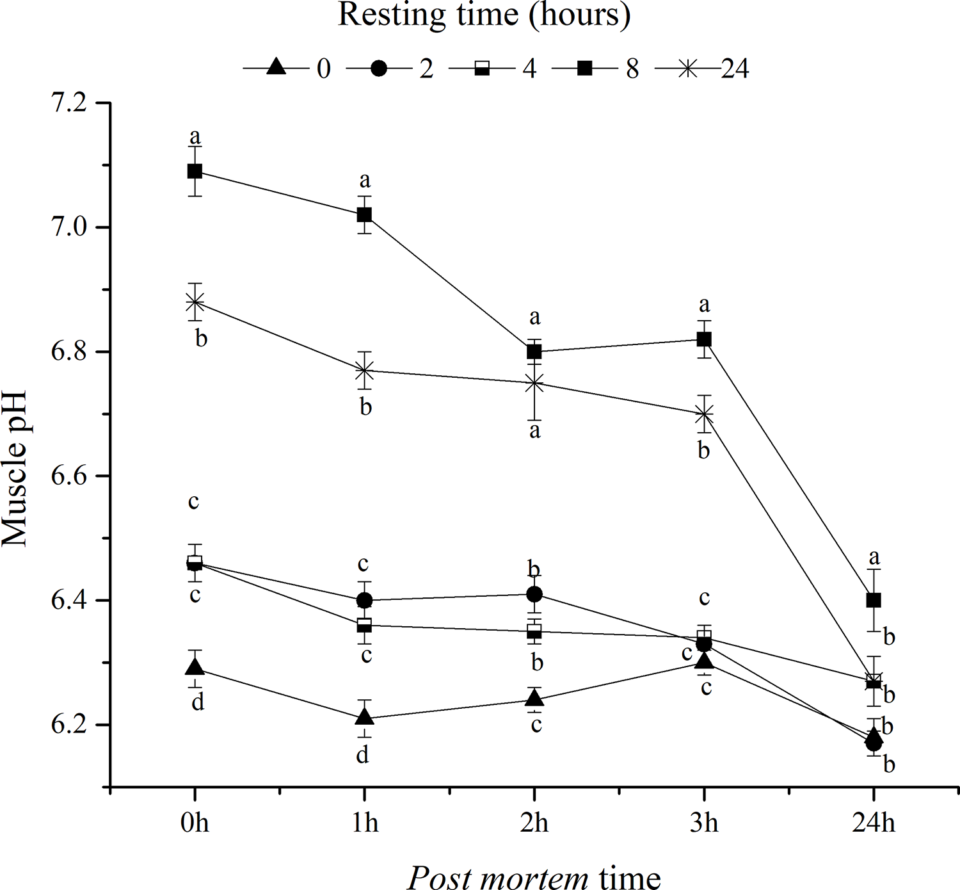
Muscle pH affects the appearance of rigor mortis in fish. Several studies show a relationship between low pH and faster onset of rigor in fish. The onset of rigor mortis is closely linked to the depletion of ATP and glycogen, which is, the postmortem energy state in the muscle, and other processes promote irreversible muscle contraction, initiating the state of rigor mortis. Thus, pre-slaughter stress can influence the time of entry into rigor.
Based on our results, we were unable to identify the relationship between minimum pH and the onset of rigor mortis. Fish subjected to 4 and 8 hours of rest entered rigor mortis 3.5 hours after slaughter, and these animals had muscle pH different in the measurement performed 3 hours after slaughter – 6.34 and 6.82 for fish subjected to 4 and 8 hours of rest, respectively.
In addition, the minimum muscle pH for all treatments was observed only 24 hours after slaughter. It is known that the rigor mortis development is the result of a complex combination of biochemical processes in the muscle. Although for several species it is observed that the muscle goes into rigor when the pH reaches the minimum, in general terms, there is no constant pH for the muscle to become rigid. A similar study demonstrated that pH measurements alone cannot be used to indicate the resolution of the rigor. Apparently, the onset of rigor mortis is a consequence of the early lack of adenosine triphosphate, ATP [an organic compound found in all known forms of life that provides energy to drive many processes in living cells], which is the most visible stress index for establishing rigor mortis. Likewise, a study carried out with rainbow trout also found no relationship between muscle pH and entry into rigor mortis.
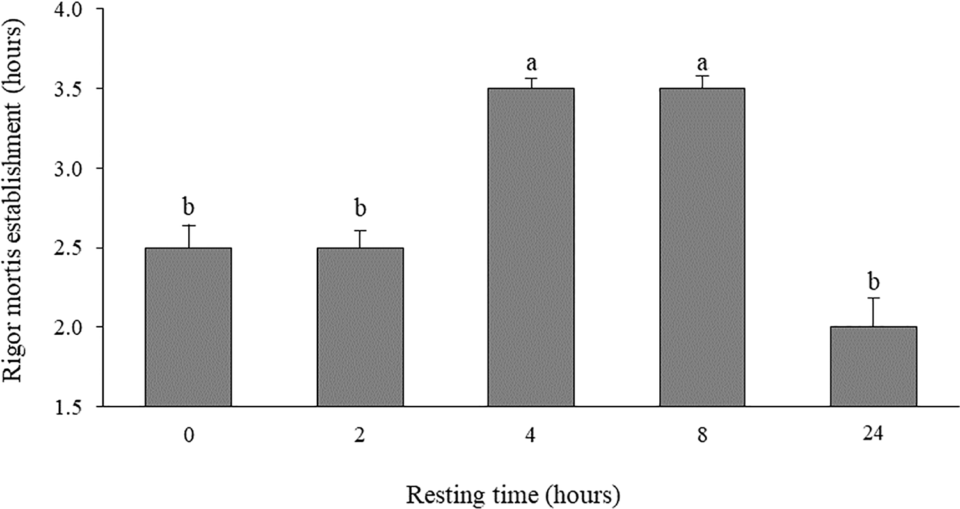
It is interesting to note that the resting time of surubim for 24 hours was also detrimental to the onset of rigor mortis, since these animals – despite having the lowest plasma glucose values – entered rigor mortis more rapidly than the others. Intense activity for a long period before slaughter causes the fish to suffer and can completely deplete its glycogen reserves.
The high consumption of glycogen due to stress and the simultaneous removal of lactic acid by the circulatory system in the live animal would leave it without glycogen reserves. After death, rigor mortis continues without the production of lactic acid (pH remains high), resulting in fast pre-rigor and total rigor without decreasing the pH, called alkaline rigor mortis.
The rapid reduction in post-mortem pH can also lead to a denaturation (chemical process by which proteins lose their three-dimensional structure) of muscle proteins, resulting in less water holding capacity and greater drip losses (loss of fluid upon thawing), which can also lead to faster muscle softening, which is not beneficial for fish muscle.
However, in our study, the lower initial pH was not sufficient to affect the water holding capacity and the myofibrillar fragmentation index (a measure of muscle tenderness) of surubims. It can be inferred that there was a certain degree of protein denaturation, since there were changes in the color of the fillets.
It is known that the greater lightness of meat in animals subjected to stress before slaughter can be attributed to the denaturation of some proteins, which increases the dispersion of light in the muscle. In this study, it is possible to observe a relationship between the lowest initial pH values of fillets with greater lightness, less intensity of red and greater intensity of the yellow color. A previous study showed that these changes in color are related to fish fillets that went through greater acute stress in the pre-slaughter phase.
Perspectives
Based on results of our study, a resting time of 4 to 8 hours is effective to reestablish homeostasis after transporting surubim and produces fillets with higher quality and greater length of the pre-rigor mortis period.
References available from original publication.
Now that you've reached the end of the article ...
… please consider supporting GSA’s mission to advance responsible seafood practices through education, advocacy and third-party assurances. The Advocate aims to document the evolution of responsible seafood practices and share the expansive knowledge of our vast network of contributors.
By becoming a Global Seafood Alliance member, you’re ensuring that all of the pre-competitive work we do through member benefits, resources and events can continue. Individual membership costs just $50 a year.
Not a GSA member? Join us.
Authors
-
Letícia Emiliani Fantini, Ph.D.
Corresponding author
Animal Science Graduate Program
State University of Mato Grosso do Sul—UEMS, Aquidauana, Mato Grosso do Sul, Brazil; and
School of Fisheries, Aquaculture and Aquatic Science
Auburn University (SFAAS-AU)
Auburn, AL USA[117,100,101,46,110,114,117,98,117,97,64,50,50,48,48,102,101,108]
-
Robson Andrade Rodrigues, Ph.D.
Animal Science Graduate Program, State University of Mato Grosso do Sul—UEMS, Aquidauana, Mato Grosso do Sul, Brazil; and
Aquaculture Department, Federal University of Santa Catarina, Florianopolis—UFSC, Florianopolis, Santa Catarina, Brazil -
Claucia Aparecida Honorato, Ph.D.
Animal Science Graduate Program, Federal University of Grande Dourados—UFGD, Dourados, Mato Grosso do Sul, Brazil
-
Elenice Souza dos Reis Goes, Ph.D.
Animal Science Graduate Program, Federal University of Grande Dourados—UFGD, Dourados, Mato Grosso do Sul, Brazil
-
André Luiz Julien Ferraz, Ph.D.
Animal Science Graduate Program, State University of Mato Grosso do Sul—UEMS, Aquidauana, Mato Grosso do Sul, Brazil
-
Jorge Antonio Ferreira de Lara, DVM
Brazilian Agricultural Research Corporation, EMBRAPA Pantanal, Corumbá, Mato Grosso do Sul, Brazil
-
Terry Hanson, Ph.D.
School of Fisheries, Aquaculture and Aquatic Science, Auburn University (SFAAS-AU), Auburn, AL, USA
-
Cristiane Meldau de Campos, Ph.D.
Animal Science Graduate Program, State University of Mato Grosso do Sul—UEMS, Aquidauana, Mato Grosso do Sul, Brazil, Animal Science Graduate Program, Faculty of Veterinary Medicine and Animal Science, Federal University of Mato Grosso do Sul—UFMS, Campo Grande, Brazil
Tagged With
Related Posts
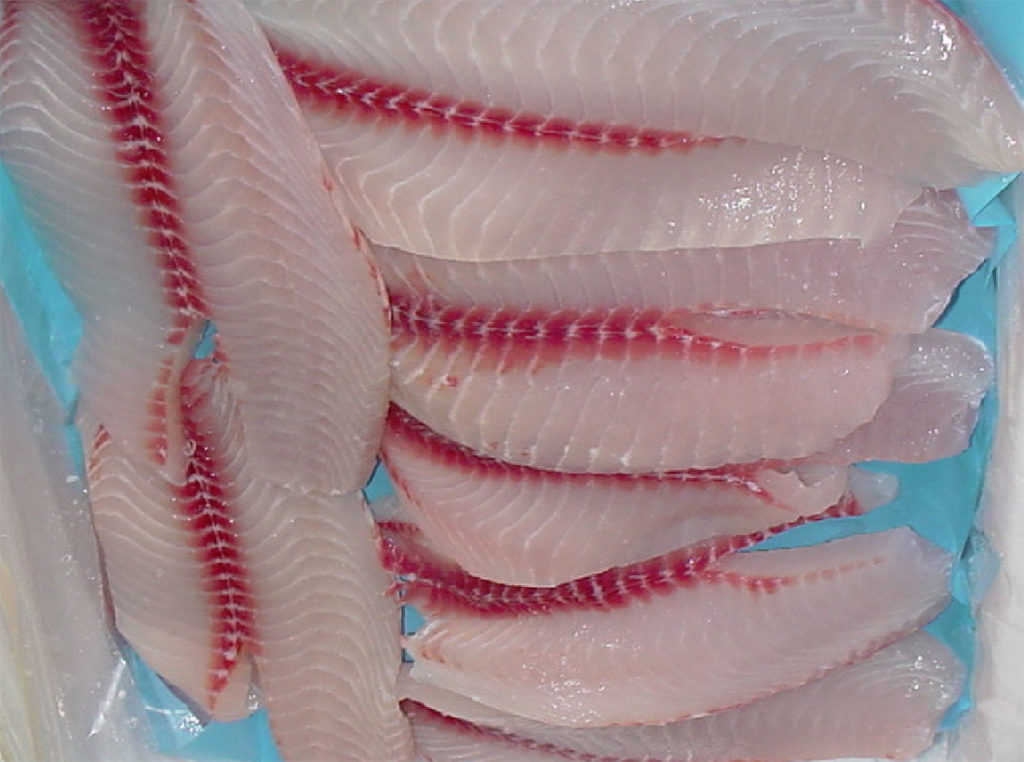
Health & Welfare
Effect of pre-slaughter stress on quality of tilapia fillets
An evaluation of oxidative pre-slaughter stress on instrumental and sensory quality of Nile tilapia fillets finds that longer depuration times recommended.
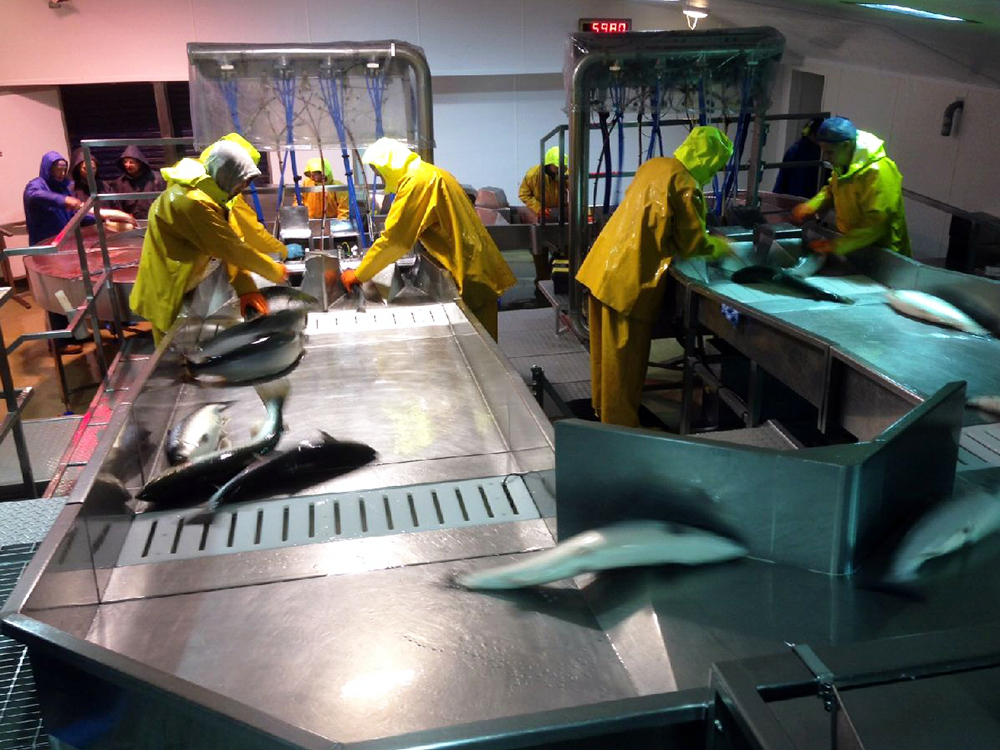
Health & Welfare
Fish producers benefit from humane slaughter techniques
EU legislation requires farmed fish be spared unnecessary pain, distress or suffering at slaughter, and efficient manual and automated systems have been developed to help achieve this goal. What’s more, longer shelf life and improved flesh quality have been reported.
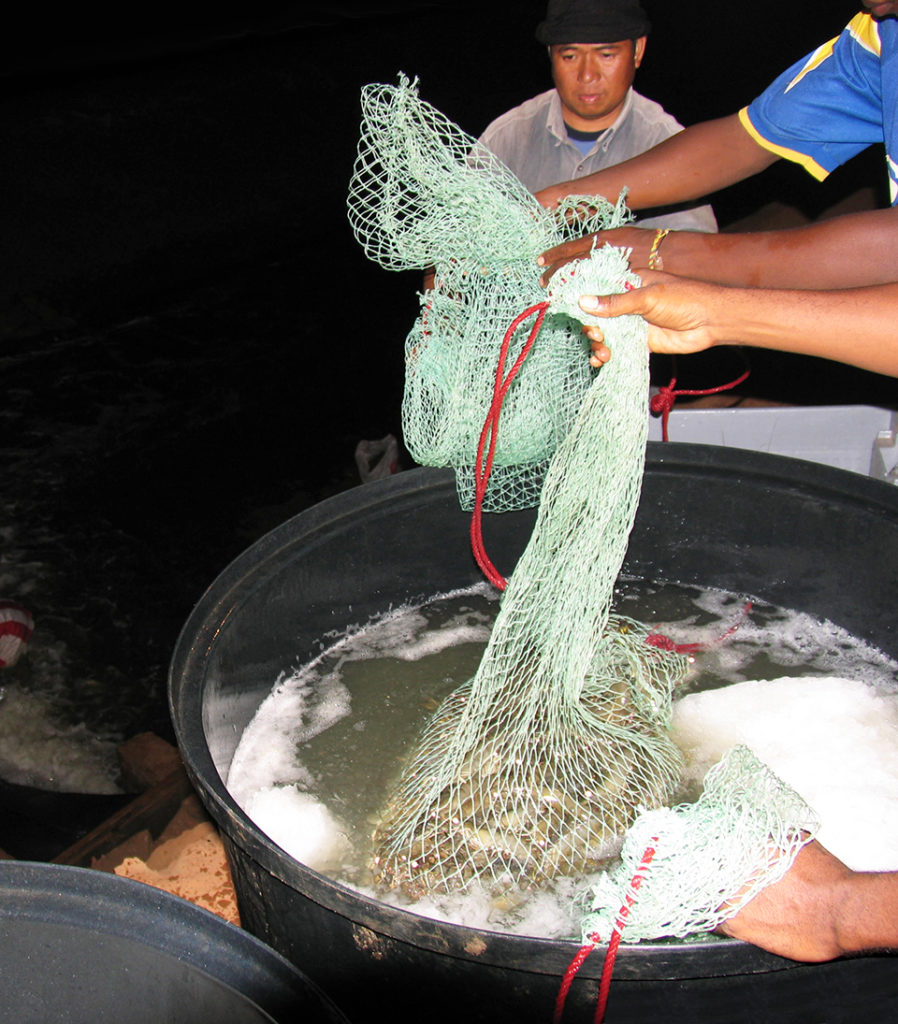
Health & Welfare
Killing methods, post-slaughter quality, part 1
The methods used to kill fish depend on many factors, including fish size and species, aquaculture production system, fish quantity, market preferences and effects on product quality. Also, some methods may not be approved in some countries, as with the use of anesthetics and regulations concerning the ethical treatment of animals.
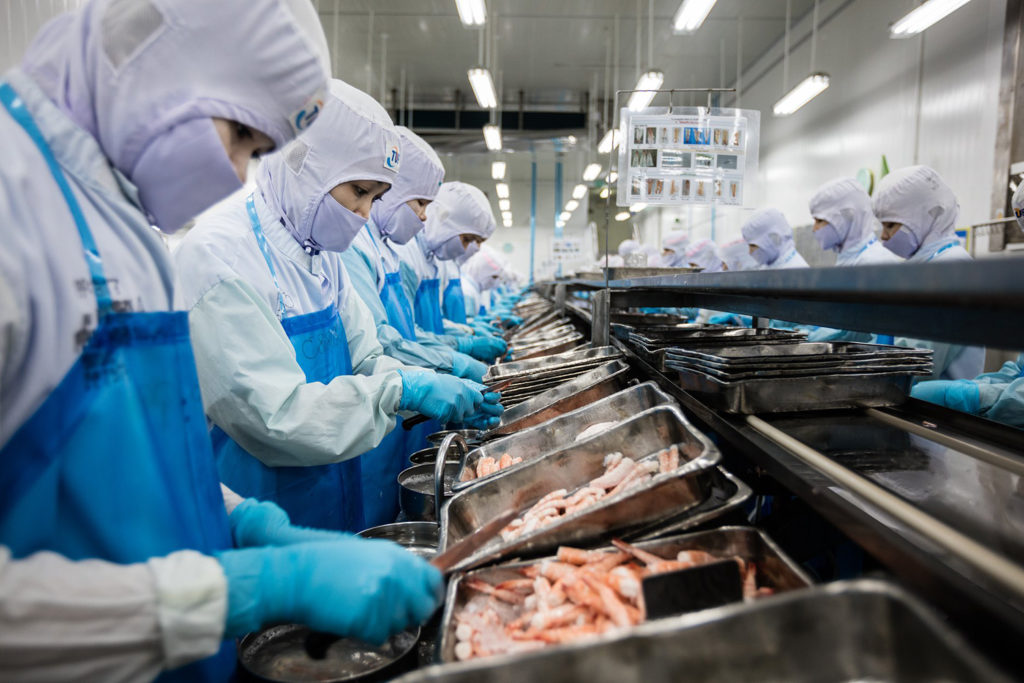
Responsibility
Wrestling with a ‘generational’ problem, Thai shrimp industry rates higher
When Seafood Watch awarded Thai shrimp a yellow or “good alternative” rating, it recognized a decade of improvements. Some feel it didn’t go far enough.


